FDI enterprises prioritize choosing green industrial parks when renting factories.
About 80-85% of foreign direct investment (FDI) enterprises have high requirements for ESG standards when choosing factory rental locations, prioritizing sustainability factors.
The above information was given by Savills in a recent report on green transformation requirements in industrial zones.
According to Savills, with the continuous increase in FDI capital, foreign enterprises will have high demand for space and warehouses to serve production and business activities. Therefore, industrial real estate is still forecasted to be a bright spot attracting investors in the Vietnamese market.
A survey by KPMG with the participation of 200 FDI enterprises shows that, in addition to factors such as location, labor resources or logistics infrastructure, industrial parks that meet green criteria are one of the top priorities of FDI companies when choosing investment locations in Vietnam.
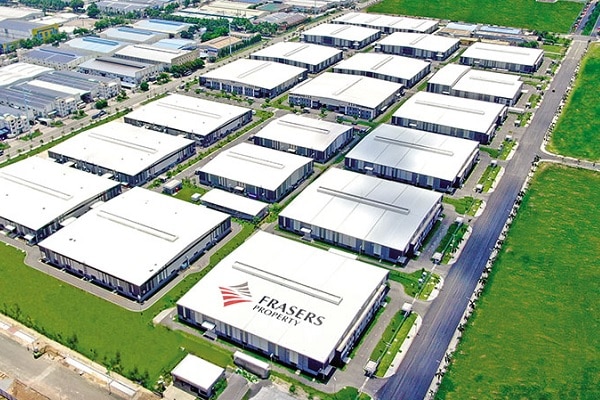 |
| Many investors such as LOGOS, SLP, Emergent, Frasers Property… have applied energy saving solutions in projects in Vietnam. |
Similarly, based on primary data during the process of working with customers, Mr. Thomas Rooney, Senior Manager, Industrial Real Estate Department, Savills Hanoi said that about 80-85% of FDI enterprises have high requirements on environmental - social - governance ( ESG) standards when choosing a location to rent a factory, prioritizing sustainability factors.
“To compete effectively with neighboring markets such as Thailand, the Philippines and Indonesia, which have successfully developed many green industrial park projects, we need to meet this demand. This will help increase our attractiveness to foreign investors and enhance our position in the global market,” said a Savills expert.
However, most of the existing industrial park projects are developed according to the traditional model, not many sustainable design solutions have been applied. Only 4 out of more than 400 industrial parks in Vietnam are ecological industrial parks. However, converting a normal industrial park into an environmentally friendly industrial park is not simple.
Sharing earlier at the Vietnam Industrial Real Estate Forum (VIPF) 2024 organized by Dau Tu Newspaper, Mr. Pham Hong Diep, Chairman of the Board of Directors of Shinec Joint Stock Company, said that implementing ESG is not easy because the criteria are very strict.
Taking the example of ESG implementation at Nam Cau Kien Industrial Park (Hai Phong), Mr. Diep informed that Nam Cau Kien Industrial Park was built in 2008, the entire drainage system for rainwater, surface water, and wastewater according to Vietnam's standards in the previous period must follow concrete pipes.
However, during the process of circulation and transportation of goods within the factory premises, the entire sewer system vibrated and sank... Thus, it failed to meet environmental standards. Therefore, Shinec had to sign a comprehensive strategic contract with Thieu Nien Tien Phong Plastic Joint Stock Company, using HDPE pipes to replace concrete pipes and rebuilding the wastewater treatment system to reduce the discharge of wastewater into the environment.
In addition, Shinec also builds symbiotic relationships with investors to create value from waste treatment in industrial parks, generate profits and have more capital to improve the environment. Invest in landscapes from Vietnamese heritage. Retrain employees, add automatic monitoring equipment, online management... and must invest a huge amount of capital to implement.
“For an investor, spending tens of billions of VND to reinvest in this entire system is a difficult thing. But in return, Nam Cau Kien has increased its competitive advantage compared to other industrial parks in and outside the country today. This is one of the reasons why I had to do the ESG report for 9 months to be successful,” Mr. Diep shared.
Similarly, Mr. Truong An Duong, Director of Residential Real Estate, Frasers Property Vietnam, said that green industrial parks create a competitive advantage for Frasers in the market. Almost all green industrial parks have an occupancy rate of about 80-90% and most of the tenants are foreign investors, focusing on two main sectors: electronics and semiconductor industries.
According to data from the Ministry of Planning and Investment, by 2030, about 40-50% of provinces and cities nationwide will have plans to convert existing industrial parks into eco-industrial parks. 8-10% of provinces and cities will have plans to build new eco-industrial parks.


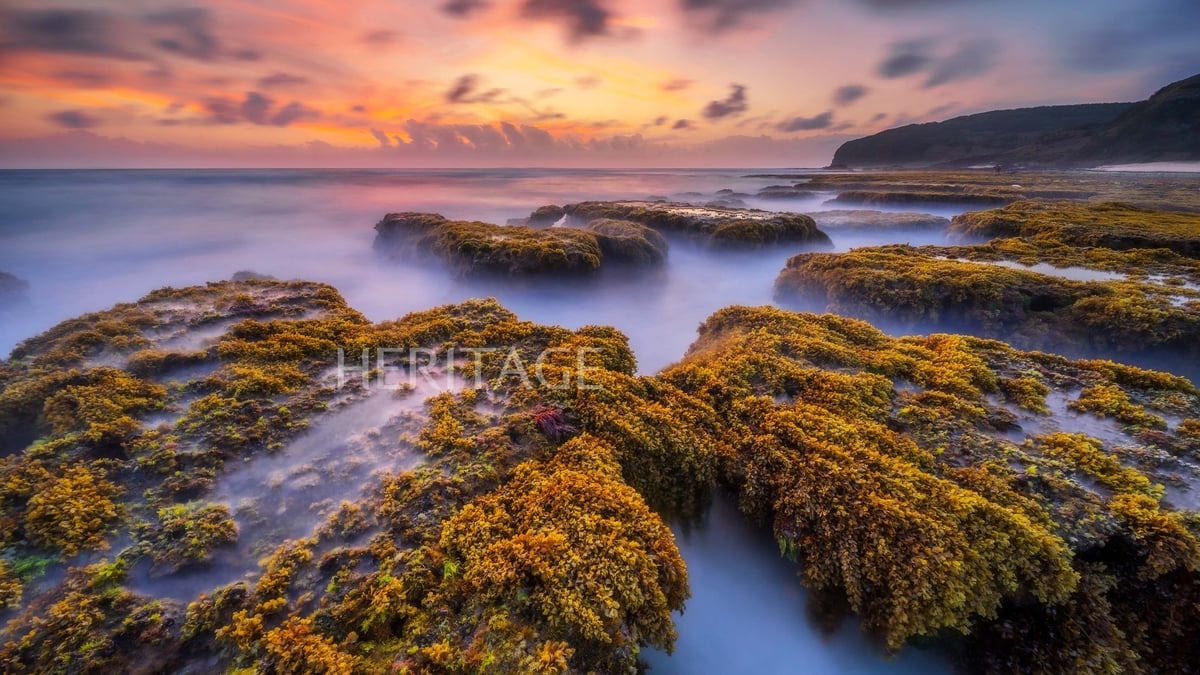
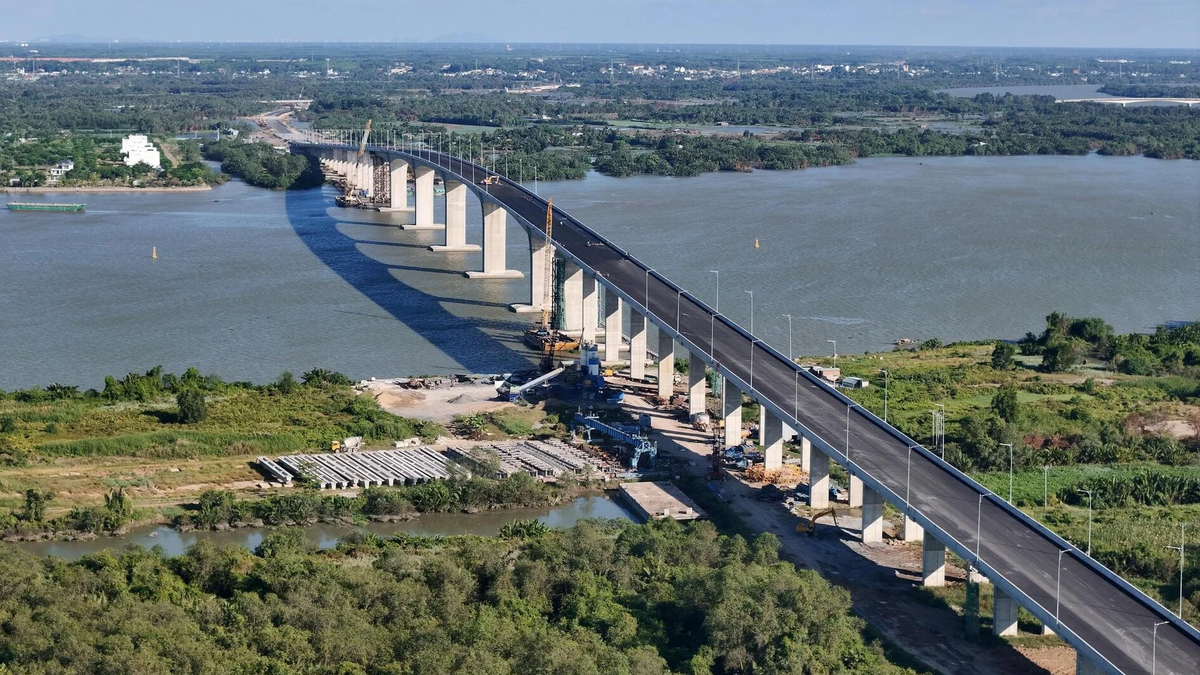
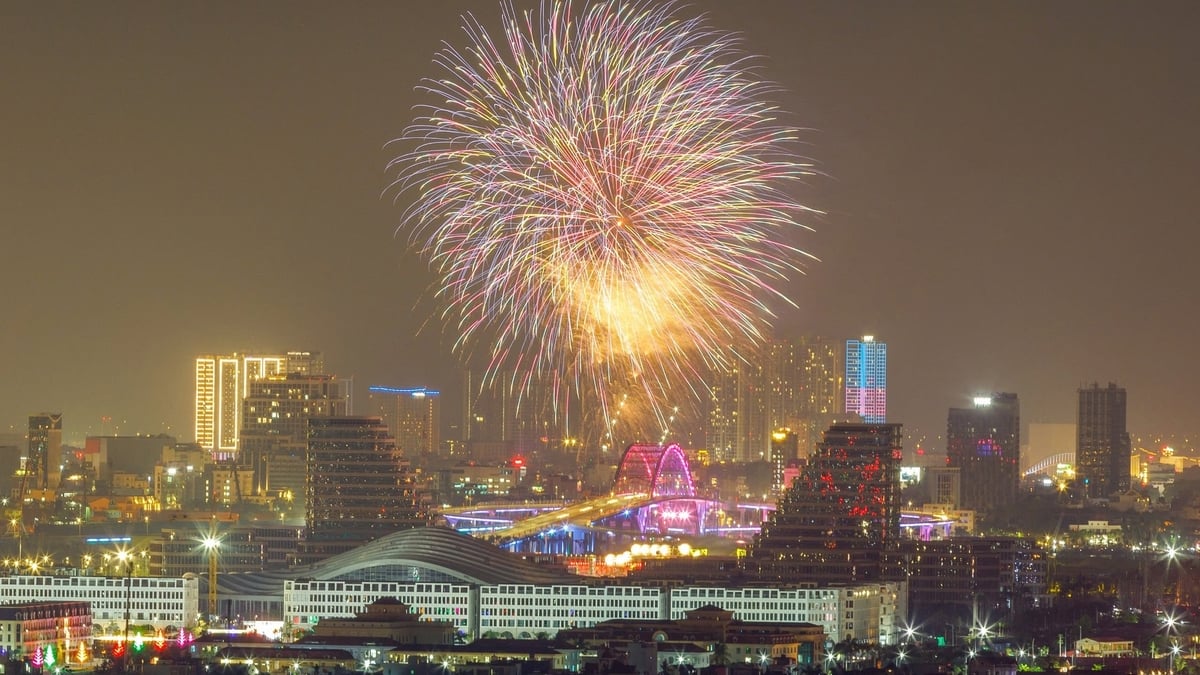
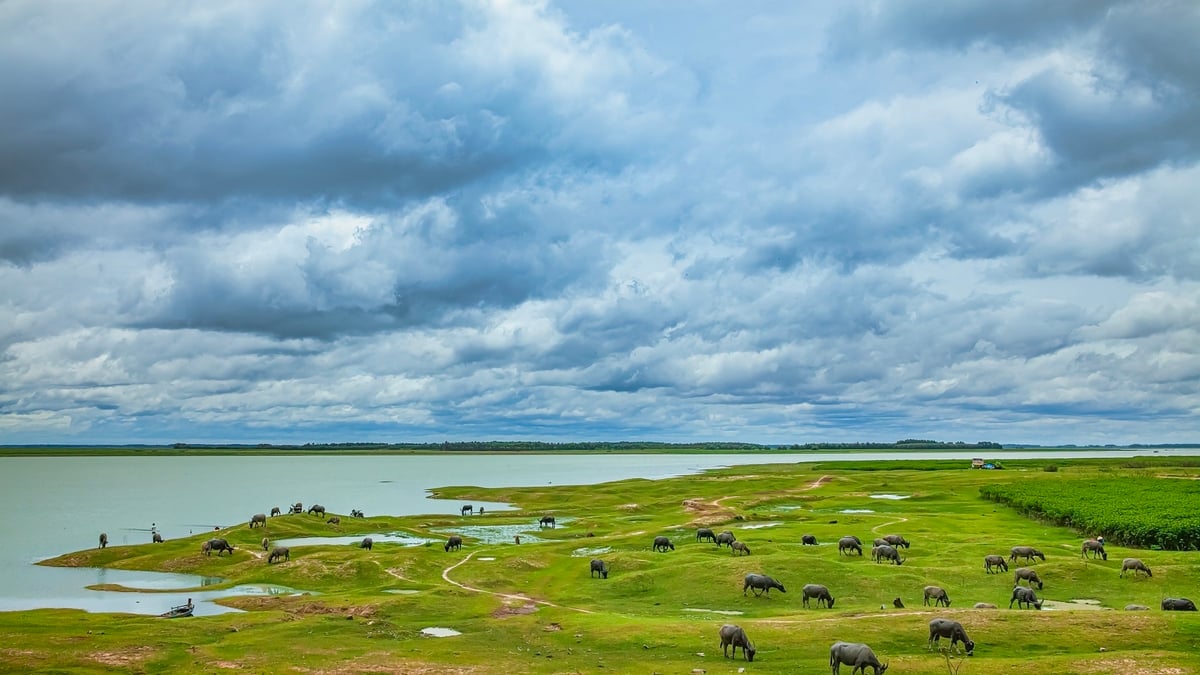
![[Photo] Prime Minister Pham Minh Chinh chairs conference on anti-smuggling, trade fraud, and counterfeit goods](https://vphoto.vietnam.vn/thumb/1200x675/vietnam/resource/IMAGE/2025/5/14/6cd67667e99e4248b7d4f587fd21e37c)

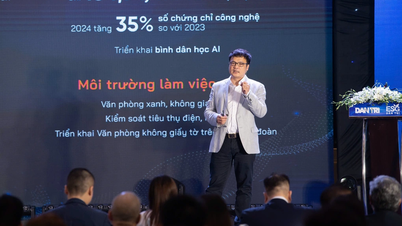




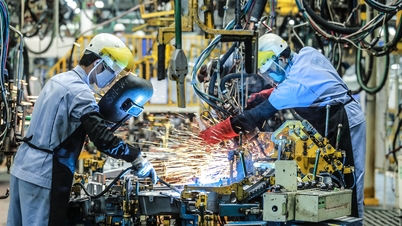





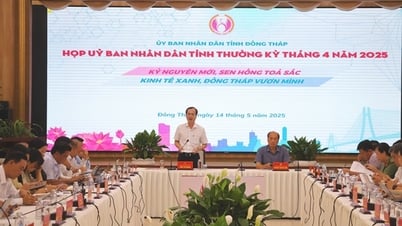
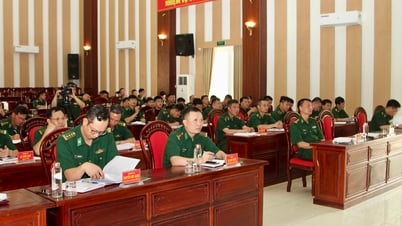
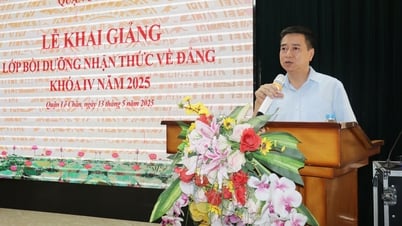
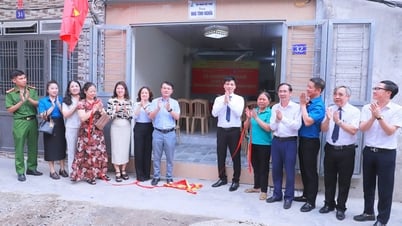
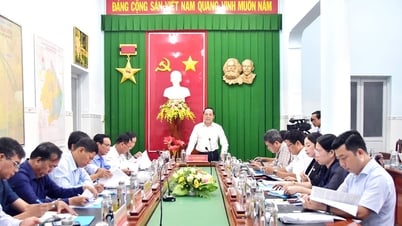
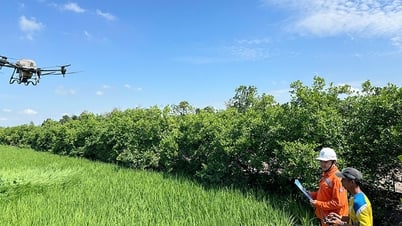





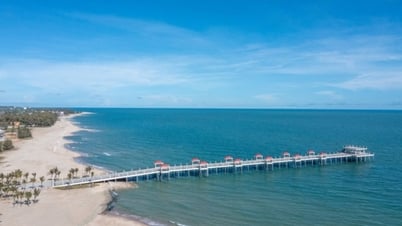

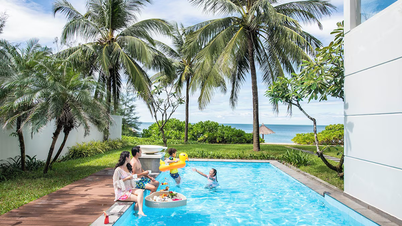




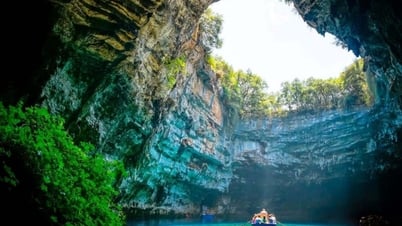

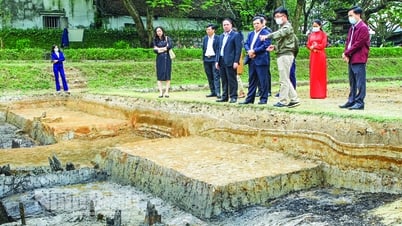





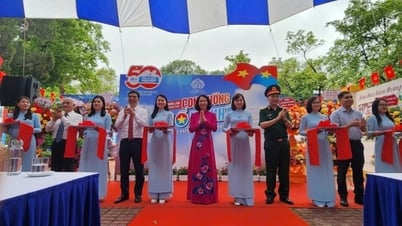




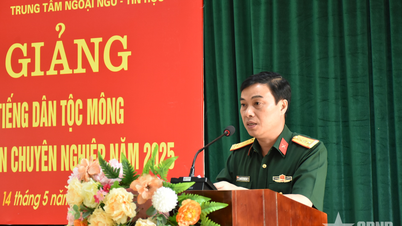



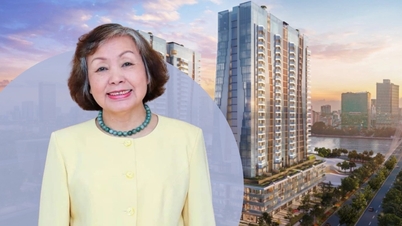


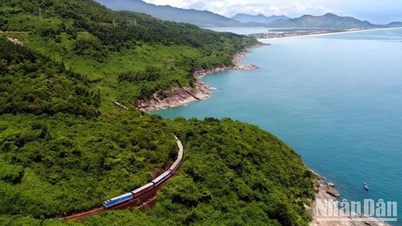
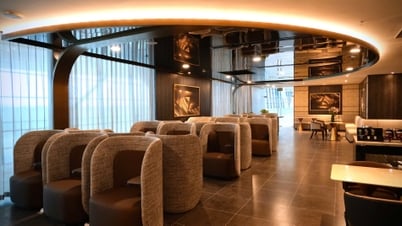
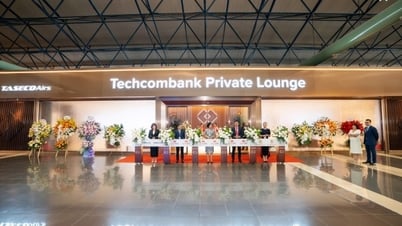

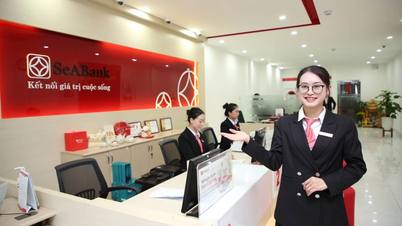

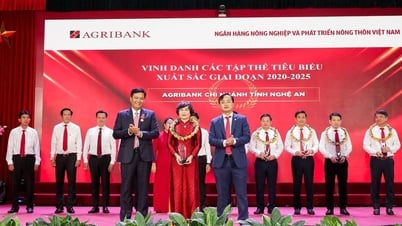

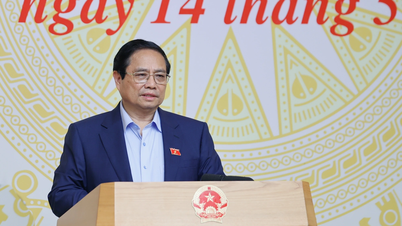


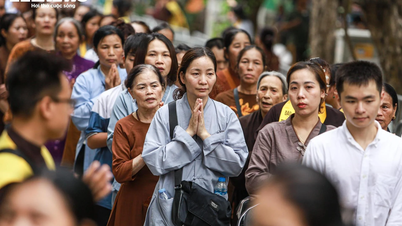







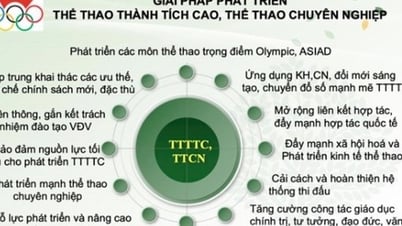


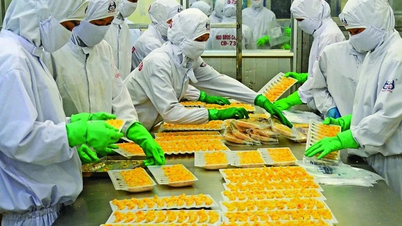

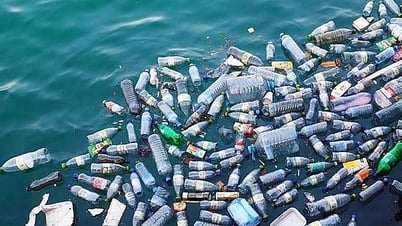
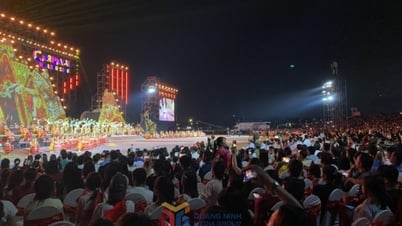

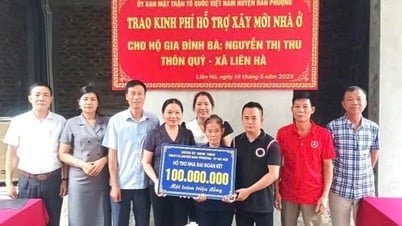

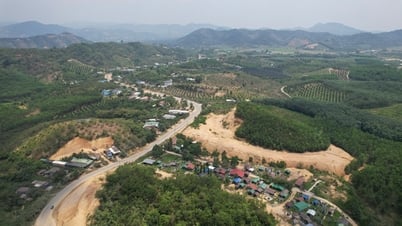

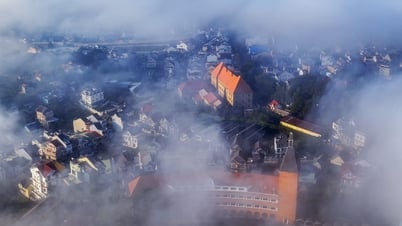






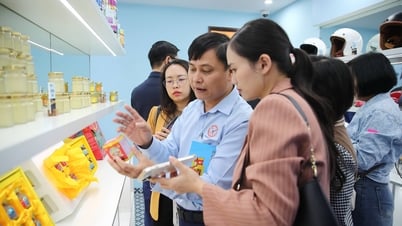





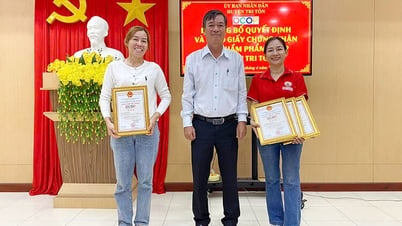

Comment (0)